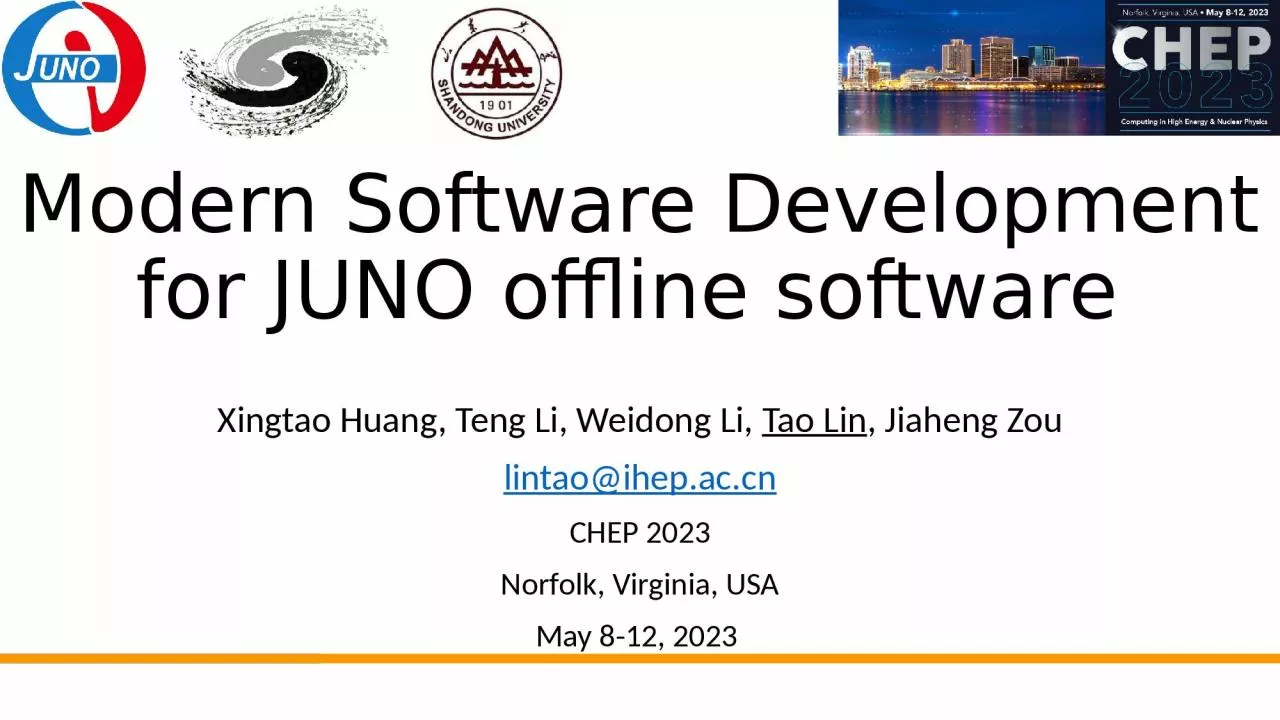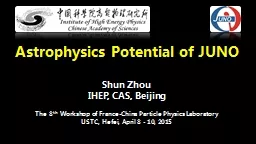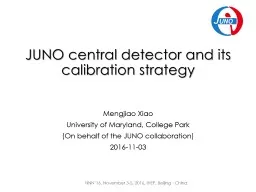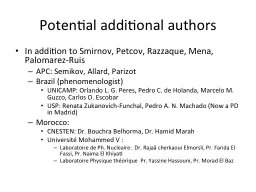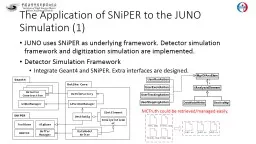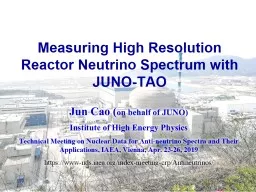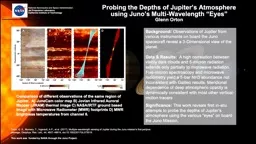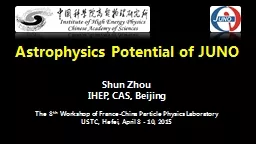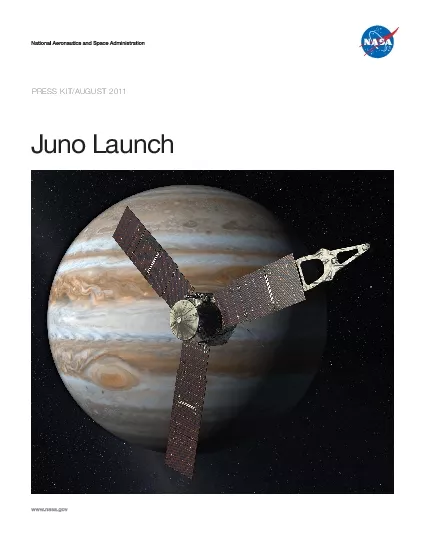PPT-Modern Software Development for JUNO offline software
Author : ashley | Published Date : 2024-02-02
Xingtao Huang Teng Li Weidong Li Tao Lin Jiaheng Zou lintaoihepaccn CHEP 2023 Norfolk Virginia USA May 812 2023 Outline Introduction Modern software development
Presentation Embed Code
Download Presentation
Download Presentation The PPT/PDF document "Modern Software Development for JUNO off..." is the property of its rightful owner. Permission is granted to download and print the materials on this website for personal, non-commercial use only, and to display it on your personal computer provided you do not modify the materials and that you retain all copyright notices contained in the materials. By downloading content from our website, you accept the terms of this agreement.
Modern Software Development for JUNO offline software: Transcript
Download Rules Of Document
"Modern Software Development for JUNO offline software"The content belongs to its owner. You may download and print it for personal use, without modification, and keep all copyright notices. By downloading, you agree to these terms.
Related Documents

